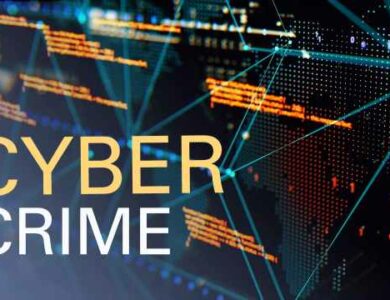Unveiling the Shadows: Emerging Cyber Threats in 2023

In the ever-evolving landscape of cybersecurity, staying ahead of emerging threats is crucial. As we step into 2023, a myriad of cyber threats looms on the horizon, threatening individuals, businesses, and nations alike. This article will delve into the latest cybersecurity threats, including the nefarious trio of ransomware, phishing, and advanced persistent threats (APTs).
Ransomware: The Silent Extortionist Ransomware continues to be a pervasive threat, evolving with increased sophistication. In 2023, we witness a surge in double and triple extortion tactics, where cybercriminals not only encrypt data but also threaten to expose sensitive information unless a ransom is paid. High-profile targets, from critical infrastructure to healthcare institutions, are under siege.
Phishing: A Deceptive Web of Intricacy Phishing attacks have transcended the realm of generic emails. In 2023, attackers employ AI-driven spear-phishing, tailoring deceptive messages with unprecedented precision. Social engineering techniques prey on human vulnerabilities, exploiting trust and familiarity. From CEO fraud to business email compromise, phishing tactics become more intricate and challenging to discern.
Advanced Persistent Threats (APTs): A Stealthy Menace Nation-state-sponsored APTs have reached new heights, targeting governments, corporations, and critical infrastructure. In 2023, APTs leverage supply chain vulnerabilities, exploiting interconnected networks for espionage and sabotage. The lines between cybercrime and cyber warfare blur as sophisticated threat actors operate with unprecedented sophistication.
Defensive Strategies: Building Resilience Against the Tide
- Zero Trust Architecture: Adopting a zero-trust approach ensures continuous verification, minimizing the risk of lateral movement for attackers.
- AI-Driven Threat Intelligence: Leveraging artificial intelligence for threat intelligence helps organizations stay proactive, predicting and countering emerging threats.
- Employee Training Programs: Educating employees on recognizing phishing attempts remains a critical defense. Simulated exercises enhance awareness and resilience.
- Multi-Factor Authentication (MFA): Implementing MFA adds an extra layer of security, mitigating the risk of unauthorized access, especially in the wake of phishing attacks.
As we confront the dynamic landscape of cyber threats in 2023, organizations and individuals must remain vigilant. By understanding the nuances of evolving threats such as ransomware, phishing, and APTs, and implementing robust defensive strategies, we can collectively fortify our digital defenses against the rising tide of cyber adversaries. Stay informed, stay proactive, and stay secure in the face of an ever-changing digital frontier.



